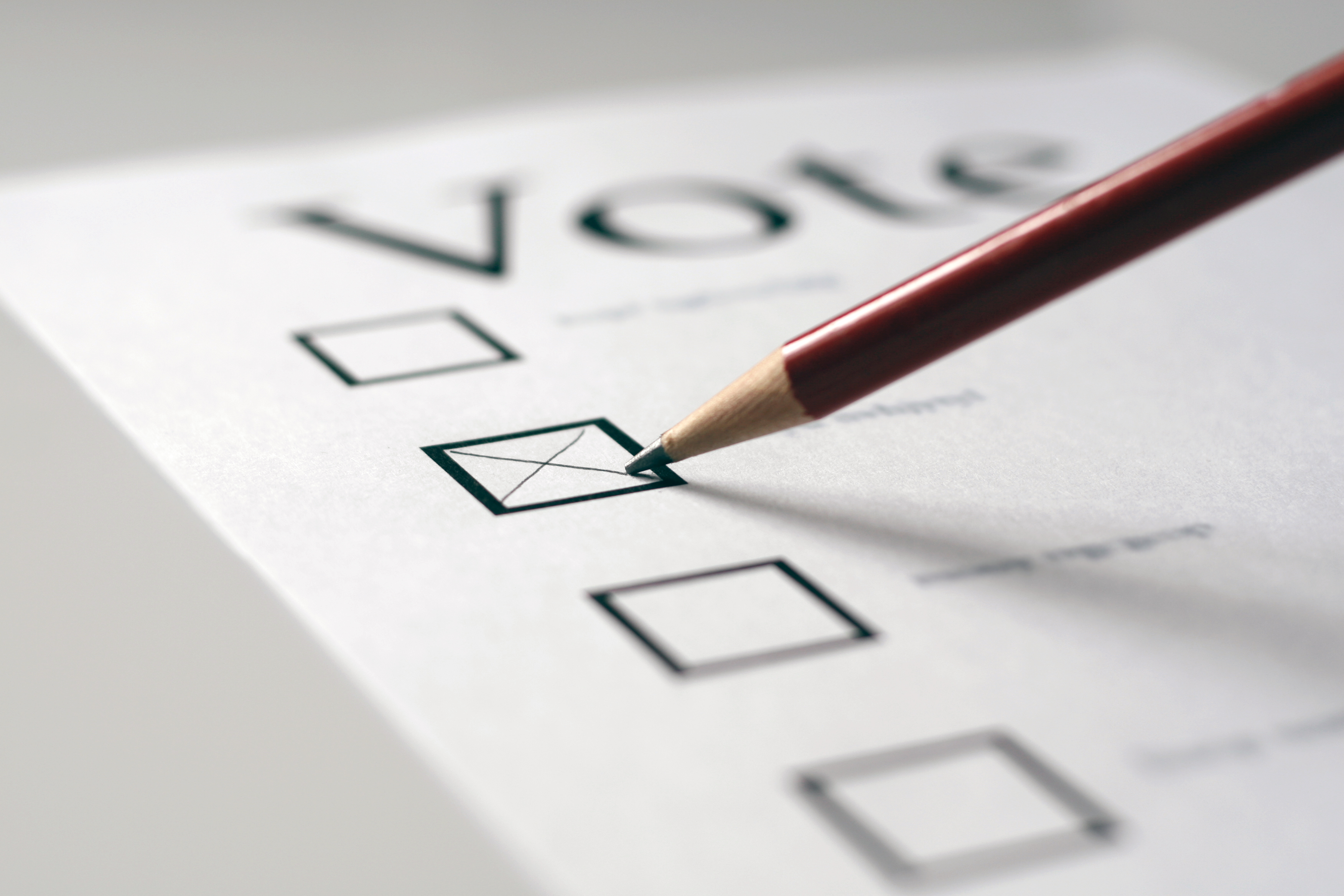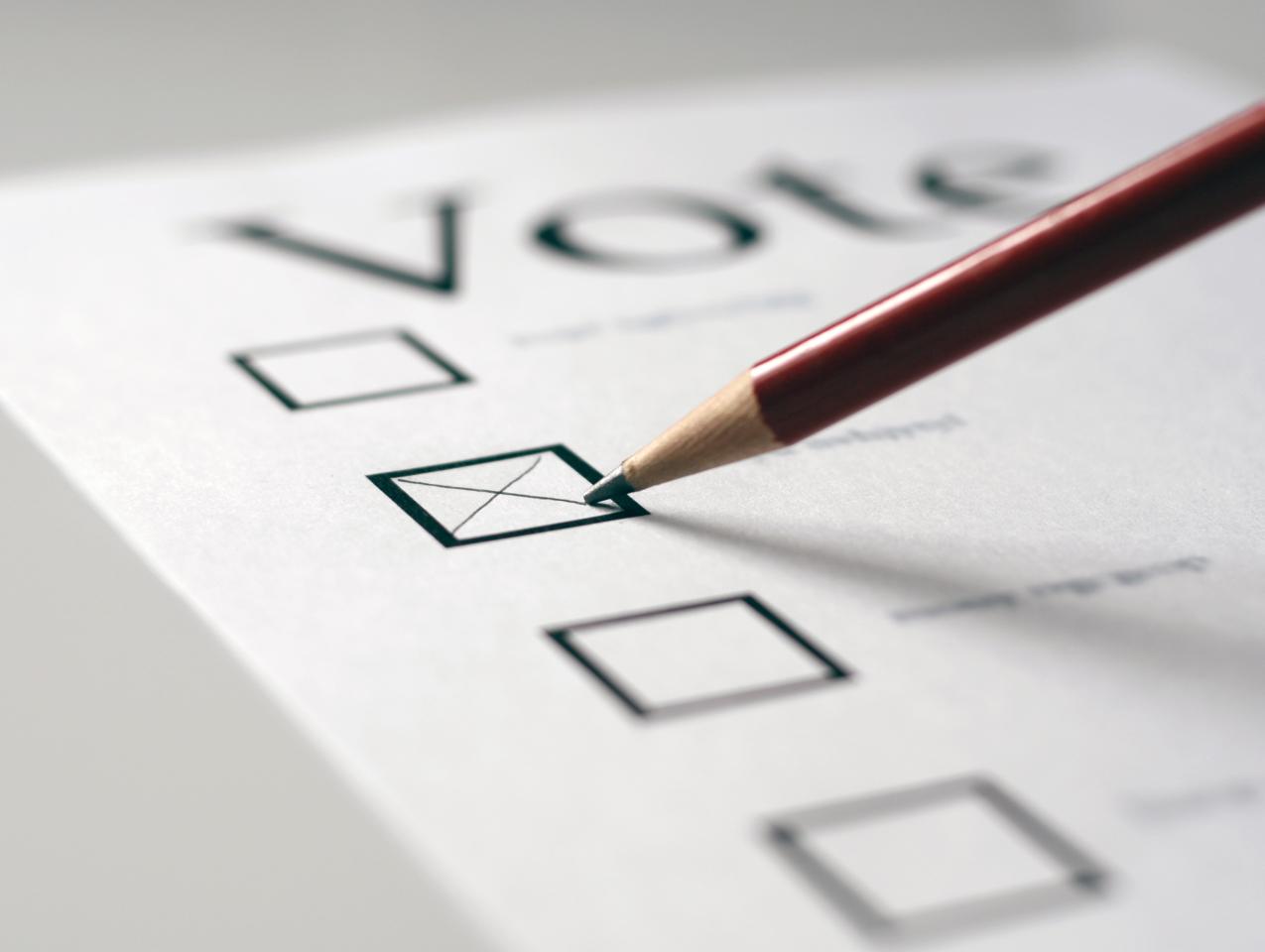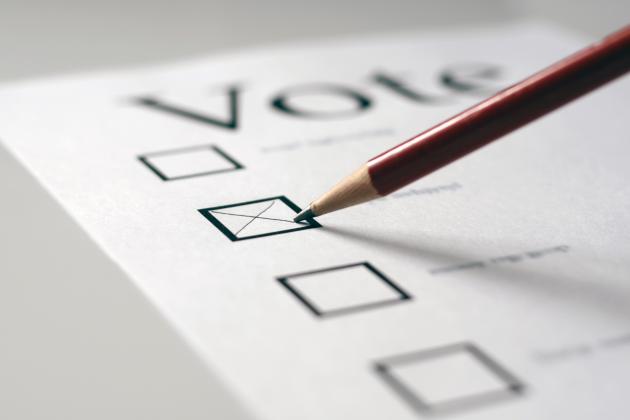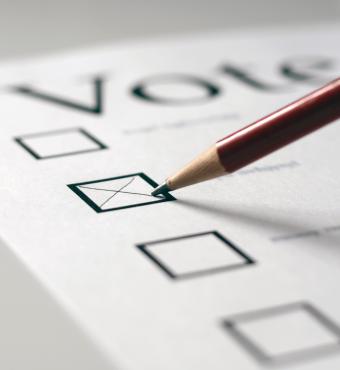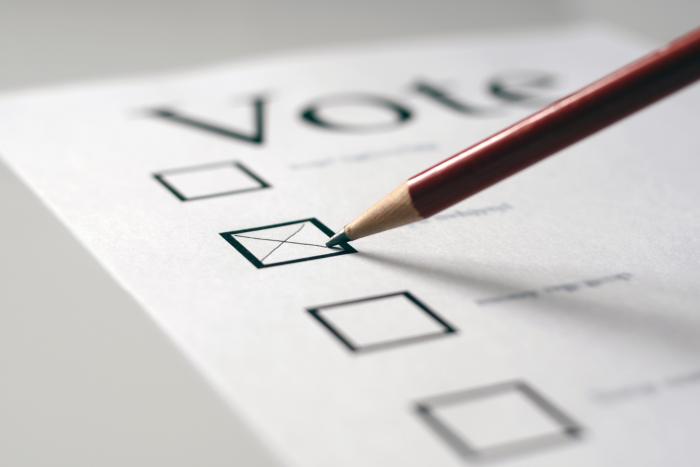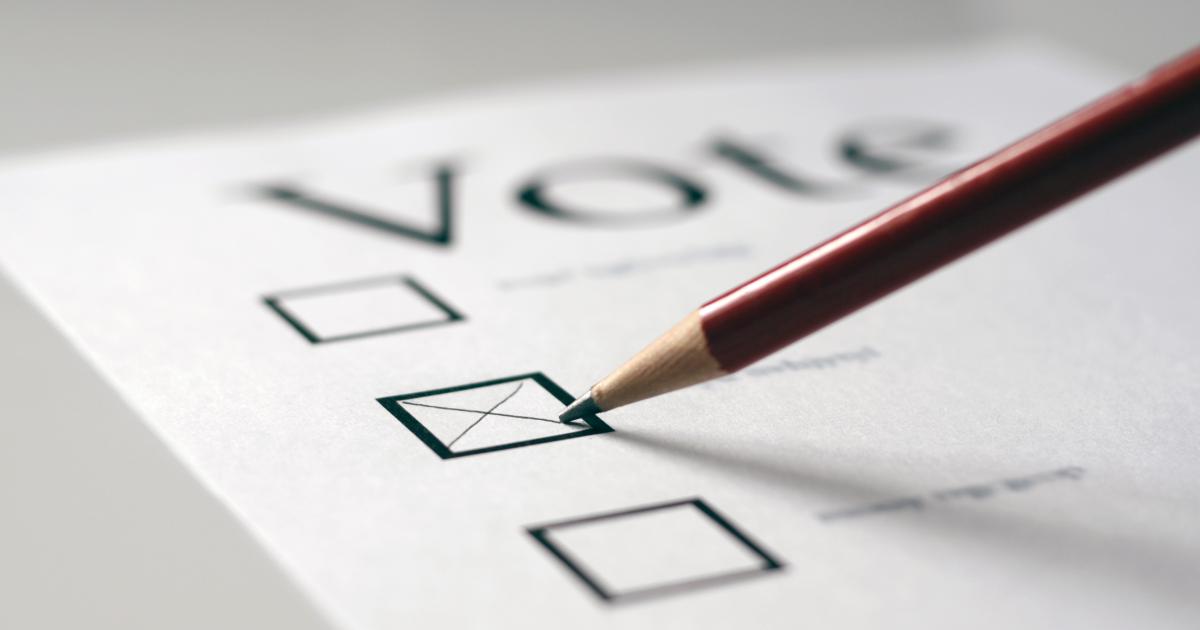- Politics, Institutions, and Public Opinion
- California
- Empowering State and Local Governance
To the adage that every vote counts (or is it “Close only counts in horseshoes and hand grenades”?), the good people of Rainier, Washington, last year endured a city council election decided by a single ballot—to boot, the losing candidate not bothering to vote while the winning candidate did.
Which takes us back to California and an election that wasn’t so much one candidate’s negligence as it is a mathematical wonder: last month’s primary in California’s 16th Congressional District that saw 11 candidates splitting 180,000-plus votes, with two second-place finishers receiving exactly 30,249 votes apiece (former San Jose mayor Sam Liccardo led the field with 38,489 votes).
As such, and given that California law allows only the top two finishers in congressional contests to advance to the general election, the 16th District election is a political anomaly—having not two but three choices on the November ballot.
But that all depends on the outcome of a recount that could take the better part of the next two weeks to complete—paid for by a local Democrat at a cost that may exceed $300,000, depending on how long the recount takes. Further chumming the waters: the concerned citizen has ties to the front-runner in the race, raising the question of ulterior motives.
(By the way, there’s a good reason why this column is appearing well after California’s March 5 vote: counting ballots in the Golden State is a a painfully slow exercise, as election officials need weeks to make sense of unsigned ballots. Counties are given a full month before turning in their final count to the secretary of state)
If you’re interested in more than freakish odds at play in this Northern California congressional district, which covers the 1,500-square-mile expanse of Silicon Valley, there’s another read from parsing the results: what it says about President Biden’s party in 2024.
Here’s why.
The two second-place finishers in the 16th District’s primary were Democrats Evan Low and Joe Simitian. While the two share gender identity, party affiliation, and a masochistic urge to serve in a dysfunctional Congress, they’re not exactly peas in a pod.
Let’s start with Low, who currently represents the State Assembly’s 26th District, which encompasses the southern half of Silicon Valley. Elected to the Assembly in 2014 (at one time, the youngest Asian legislator to serve in that chamber), the 40-year-old Low delights in the politics of progressive symbolism—all the while flashing signs of “Trump Derangement Syndrome.” That includes the assemblyman penning a letter demanding that California’s state attorney attempt to ban the former president from the Golden State ballot by challenging the constitutionality of his candidacy. A glimpse of Low’s campaign “priorities” includes this preamble: “I imagine a world with Trump as president again and it motivates me to protect the values than enabled me and so many members of our community to thrive here.”
By contrast, the 71-year-old Simitian, currently a Santa Clara County supervisor after stints as a state senator and assemblyman and mayor of Palo Alto (home to the Hoover Institution), ran on policy triumphs—and little if any mention of the 45th president. His campaign’s slogan: “Helping people. Solving problems. Getting things done.” Moreover, Simitian enjoyed the endorsements of the district’s retiring congresswoman, Anna Eshoo, and a handful of other California-based House Democrats (here’s a list of Low endorsers, including interim US senator Laphonza Butler and state lieutenant governor Eleni Kounalakis).
Such was the choice in the race for runner-up in the 16th District’s primary: a Democrat running hard on anti-Trump symbolism versus a Democratic running more on his record than on Trump-phobia.
But when one looks at the various campaign ads put forward by the candidates in the 16th District primary, the race looks a lot like the strategic choices facing President Biden as he seeks re-election.
Biden could decide to focus his campaign on policy achievements—indeed, that’s the focus of this one-minute ad highlighting Biden’s efforts on infrastructure and prescription-drug prices. By comparison, in California’s 16th Congress District, voters, were treated to this spot in which Simitian highlights a state law he authored protecting individuals’ privacy from data breaches.
Another avenue for Biden: make it all about Trump, as he does in this ad targeting disaffected supporters of former United Nations ambassador Nikki Haley, the runner-up in this year’s GOP presidential primaries. While the Low campaign didn’t try to do exactly the same (Republicans accounting for less than one-sixth of the 16th District’s registered voters), this ad showcasing “our shared values” makes it clear that he perceives Trump as a menace to society.
Yet another option for the Biden campaign: appeal directly to women voters on the topic of reproductive rights in the aftermath of the Supreme Court’s Dobbs decision, which is the theme of this ad. Indeed, one 16th District candidate shamelessly courted the female portion of the electorate. That would be Peter Dixon, a tech entrepreneur and Marine Corps veteran who ran this ad offering himself as a masculine feminist—the candidate noting that he’s the father of three girls, helped build a maternal care hospital in Kenya, battled the misogynistic Taliban, and championed the end of gender-based violence in the Congo while serving in State Department (“Hillary Clinton’s State Department,” he makes sure to note).
So what comes next in this, a rare three-way congressional race in California?
As none of the contenders ran away with the primary vote (Liccardo leading the way with 21.1%, or 4.5 points better than Low and Simitian), there will be a struggle over a larger, predominately Democratic electorate come November (four years ago, amid the first Biden-Trump contest and before redistricting reconfigured California’s map, nearly 345,000 Californians voted in what was then the 18th Congressional District).
And there’s the matter of the which, if any, of the candidates bothers to appeal to the 70,000 registered Republicans who populated the district as of the March primary.
That question might explain why Liccardo struck a less partisan tone at a recent post-primary event: “What’s important is to have the maturity to recognize there’s a point in which the fighting ends and we need to get some things done like pass a budget, keep the government open, or lift a debt limit to enable or to avoid a global financial collapse.”
Licarrdo added: “That’s when you need to put down the weapons and actually sit down at a table and negotiate.”
Look for Silicon Valley’s two or three congressional candidates not to sit down at a table but stand facing one another, on a stage, for one or more debates this fall.
What they have to say in those encounters—and how they each plan to win a congressional seat that hasn’t been available in three decades—may speak volumes as to whether the winner will be working with a Republican or Democratic administration a year from now.







